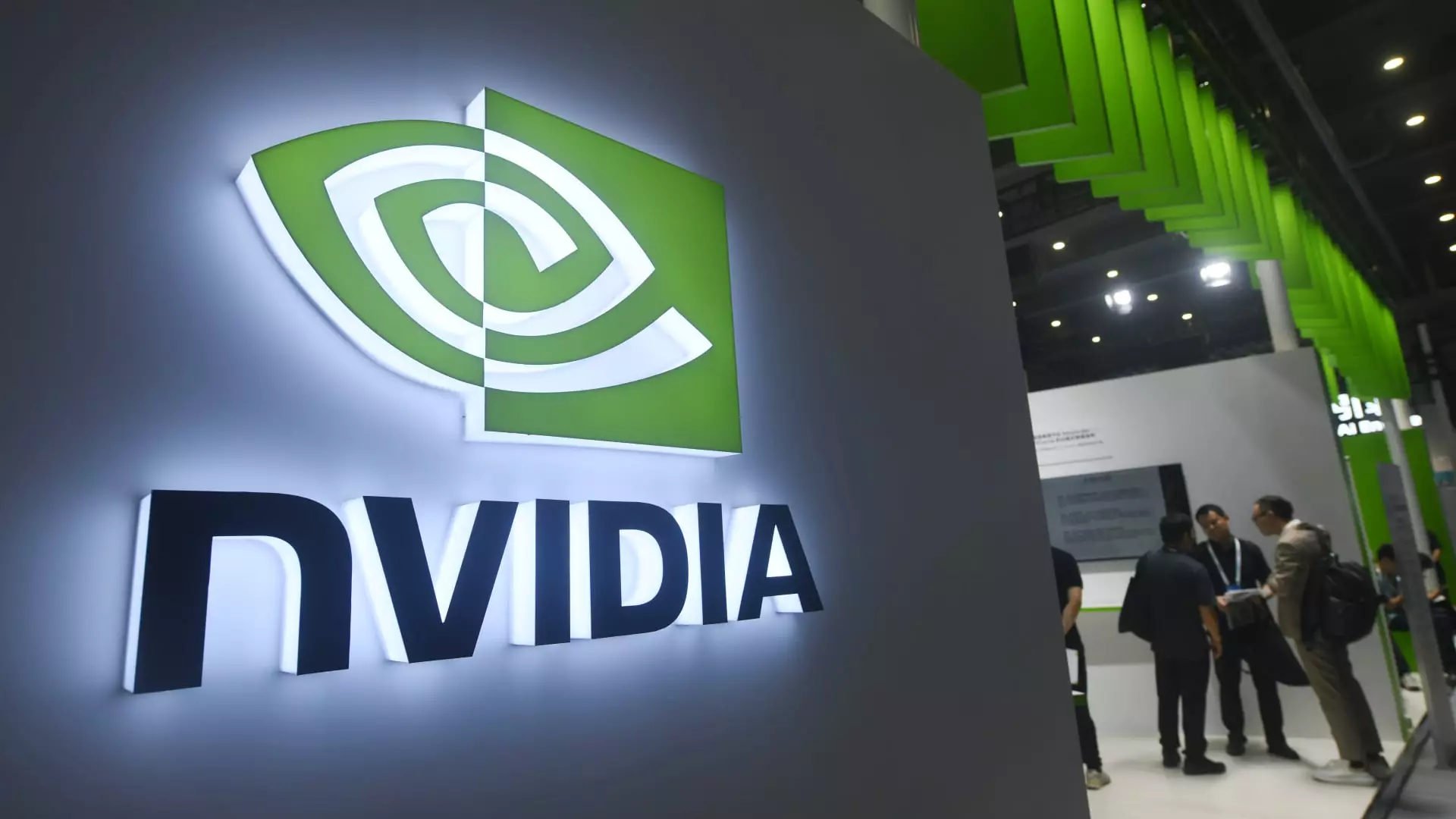Next week, Las Vegas will serve as the stage for a significant convergence of expertise, innovation, and technology in the health sector. The HLTH conference, officially commencing on Sunday, is projected to gather over 12,000 industry professionals, including representatives from tech giants like Nvidia, Google, and Microsoft. This event will put a spotlight on the use of artificial intelligence (AI) in healthcare, primarily aimed at alleviating the burdens faced by healthcare providers. Such gatherings are critical for fostering connections among leading companies and health professionals and for showcasing transformative solutions that address long-standing issues in healthcare.
Healthcare professionals today are grappling with an overwhelming administrative workload. They are tasked with maintaining meticulous patient records, communicating with insurance companies, and ensuring compliance with a multitude of regulations, which can often feel insurmountable. The intricacies of healthcare data management further complicate matters, as information is frequently scattered across various platforms and vendors, creating silos that hinder efficiency. The cumulative effect of these responsibilities contributes significantly to professional burnout among doctors and nurses, as evidenced by a study conducted by Mercer, which forecasts a shortfall of about 100,000 healthcare workers by 2028. The industry thus finds itself at a crucial juncture where automation and AI could play vital roles in optimizing workflow and improving job satisfaction.
In the face of this challenge, companies are harnessing generative AI tools to help healthcare professionals navigate their administrative duties more effectively. A notable example is Google’s recent unveiling of Vertex AI Search for Healthcare, designed to unify and streamline data retrieval across disparate medical records. By enabling healthcare providers to swiftly locate essential information, this tool has the potential to significantly reduce the time clinicians spend on paperwork. Interestingly, a survey released by Google revealed that clinicians dedicate nearly 28 hours each week to administrative workloads, with an overwhelming majority expressing a positive outlook on the incorporation of AI to mitigate these burdens.
Similarly, Microsoft is making strides in this arena by developing a suite of solutions that includes automated documentation for clinicians, medical imaging models, and a dedicated service aimed at reducing administrative tasks. A standout feature of Microsoft’s offerings is DAX Copilot, an application acquired through its Nuance subsidiary, which converts verbal patient interactions into structured clinical notes, thereby freeing doctors from the burden of manual documentation. The need for AI-powered tools tailored to the distinct workflows of nurses and doctors remains a key focus for Microsoft as well.
The emergence of AI scribing technology has indeed transformed the landscape of clinical documentation. Solutions like DAX Copilot and competitors such as Abridge and Suki have gained substantial traction in the market, reflected in their impressive funding rounds. Dr. Shiv Rao, CEO of Abridge, described the swift adoption of AI-assisted documentation in healthcare as “historic.” This leap toward automation is indicative of a broader trend where traditional practices in healthcare are being reconsidered and, where necessary, revolutionized through advanced technology.
Nvidia has also carved a niche for itself within the healthcare technology realm, promising to further leverage generative AI to ease the workloads of medical personnel. With notable partnerships and a robust infrastructure that includes specialized GPUs, Nvidia’s tools are gaining traction throughout the healthcare industry. The company is expected to deliver insights at the HLTH conference, where Kimberly Powell, Nvidia’s VP of healthcare, is set to address how generative AI can facilitate more dedicated patient interactions by minimizing wearisome administrative duties. The surge in Nvidia’s stock price, coupled with its growing foothold in healthcare, underscores the financial potential that AI innovations hold for the sector.
Despite the traditionally slow adoption of new technologies in healthcare, the noticeable momentum behind AI administrative solutions marks a pivotal change for the industry. As companies like Google, Microsoft, and Nvidia showcase their capabilities and tools at the HLTH conference, healthcare providers are encouraged to rethink their operational frameworks. The focus on AI to alleviate administrative burdens not only aims to enhance efficiency but also seeks to ultimately improve patient care by allowing healthcare workers to devote more time to direct interactions with patients. As the conference unfolds, the collective hope is that these innovations will translate into actionable solutions that can reshape the healthcare landscape for the better.

